Are you in the process of removing your car’s engine or need to lift heavy equipment? Using an engine hoist is a safe and efficient way to lift and move heavy objects. In this guide, we will discuss how to use an engine hoist and provide some safety tips.
An engine hoist, also known as an engine crane or cherry picker, is a valuable tool used to lift and remove heavy engines from vehicles, making engine repairs and replacements more manageable. Whether you’re a professional mechanic or a DIY enthusiast, understanding how to safely and effectively use an engine hoist is essential.
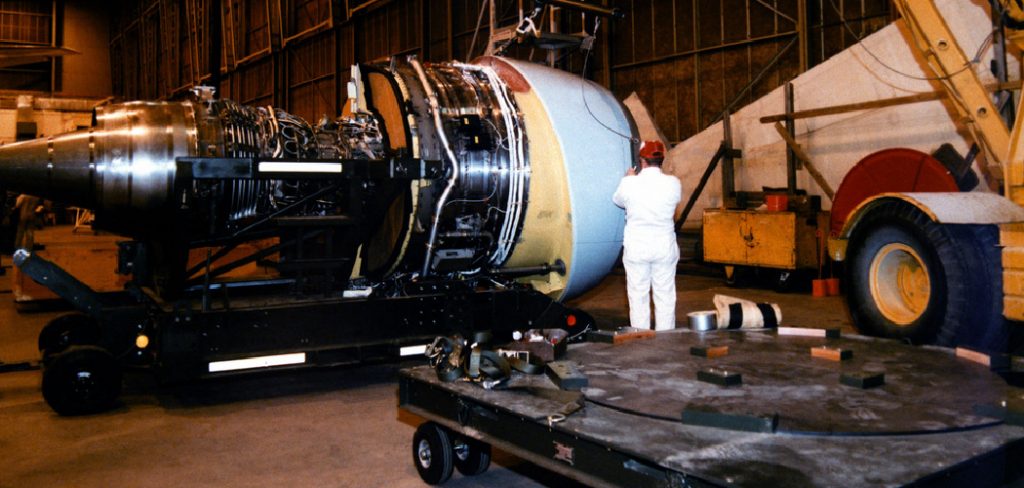
In this guide, we will walk you through the step-by-step process of using an engine hoist, ensuring you can confidently and precisely tackle engine-related tasks. Let’s dive in and explore the proper techniques for operating an engine hoist.
What are the Benefits of Using an Engine Hoist?
Before we discuss the steps for using an engine hoist, let’s explore the benefits of this powerful tool.
- Increased Safety: The most significant advantage of using an engine hoist is safety. By lifting and moving heavy objects with precision and control, you reduce the risk of accidents and injuries.
- Versatility: Engine hoists can be used for more than just removing engines from cars. They can also lift and move other heavy machinery or equipment, making them a valuable addition to any workshop or garage.
- Efficiency: An engine hoist allows you to quickly and easily lift heavy objects without requiring a team of people. This makes tasks like engine removal and replacement much more efficient, saving time and effort.
- Ease of Use: Engine hoists are relatively simple to operate, making them accessible to anyone with basic knowledge of mechanics.
Now that we’ve discussed the advantages of using an engine hoist let’s discuss the steps for using one correctly.
What Will You Need?
To use an engine hoist, you will need the following tools and equipment:
- Engine hoist
- Safety gear (gloves, safety glasses)
- A strong chain or lifting straps
- Wrenches and sockets
Before using an engine hoist, it’s essential to familiarize yourself with its components. An engine hoist typically consists of a steel frame with four wheels attached to the bottom for easy movement.
10 Easy Steps on How to Use an Engine Hoist
Step 1. Prepare the Work Area
Ensure that your work area is clear of obstructions and provides sufficient space to maneuver the engine hoist. Ensure the floor is level and secure to prevent the hoist from tipping over during use. Additionally, gather all necessary tools and equipment and have them within easy reach. Organizing your work area ahead of time will make the process smoother and safer. If you’re working in a garage, make sure to open the door for ventilation.
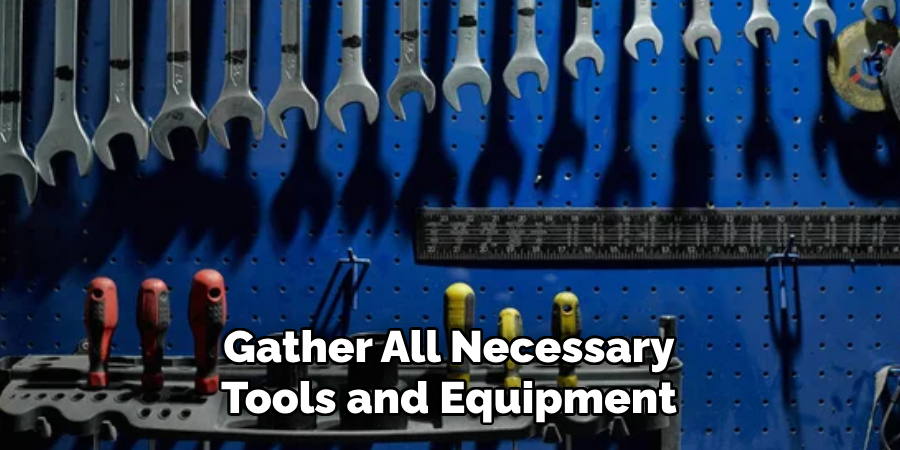
Step 2. Inspect the Engine Hoist
Before using the engine hoist, thoroughly inspect it for any signs of wear or damage. Check the hydraulic cylinder, chains, and hooks to ensure they are in good condition and functioning properly. Verify that the hoist’s weight capacity is suitable for the item you intend to lift. Address any issues before proceeding to prevent accidents or equipment failure during use. Remember to check the wheels and brakes to ensure they are working correctly.
Step 3. Secure the Lifting Chain or Strap to the Engine
Carefully attach the lifting chain or straps to the engine. Use designated lifting points on the engine, which are typically provided by the manufacturer. Ensure the chain or straps are evenly distributed and securely fastened to prevent the engine from tilting or slipping during the lift. Double-check all connections to ensure they are tight and stable. If you need clarification on the proper lifting points, consult the vehicle’s service manual.
Step 4. Position the Engine Hoist
Move the engine hoist into position so that the crane arm is directly above the engine. Adjust the crane arm to align it with the lifting chain or strap. Be mindful of the hoist’s wheels and ensure they are locked in place to prevent movement during the lifting process. Take extra care to confirm that the hoist is stable and balanced before beginning the lift. Ensure that there are no obstacles to the hoist’s movement.
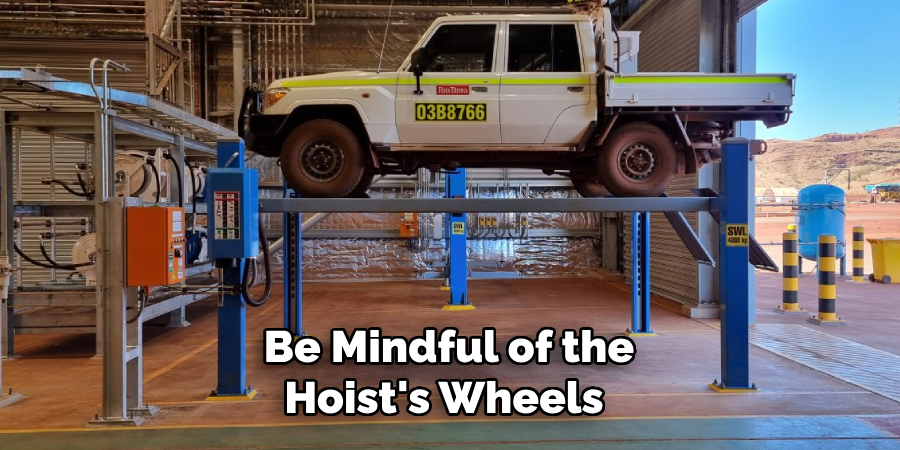
Step 5. Attach the Chain or Strap to the Hoist Hook
Hook the lifting chain or straps onto the hook of the engine hoist. Ensure the hook is securely latched and can support the engine’s weight. Double-check that the chain or belt is not twisted and that all connections are tight. Ensuring that every component is properly aligned and secured is crucial to avoid any accidents during the lift. Only use the hoist if the parts are working well.
Step 6. Begin Lifting the Engine
Slowly and carefully pump the hydraulic handle or operate the hoist’s lifting mechanism to begin raising the engine. Monitor the lifting process closely to ensure the engine remains stable and balanced. If the engine starts to tilt or shift, stop immediately and adjust the lifting chain or straps as necessary. Avoid sudden movements or rapid lifting to prevent stress on the hoist or the engine. Keep an eye on the surroundings to ensure nothing obstructs the engine as it rises.
Step 7. Fully Remove the Engine from the Vehicle
Once the engine is lifted high enough to clear the engine bay, carefully maneuver the hoist to remove the engine from the vehicle. Move slowly and steadily to avoid any swinging or shifting of the engine. If any part of the engine is still connected to the car, lower it gently back into place and recheck all connections. Ensure your path is clear and free from obstructions as you transport the engine to its designated area.
Step 8. Secure the Engine
After successfully removing the engine, lower it slowly onto a secure surface, such as an engine stand or a sturdy bench designed to hold its weight. Make sure the engine is stable and won’t shift or fall. Detach the lifting chain or straps carefully, ensuring the engine is fully supported before removing them. This step is essential for preventing any damage to the engine or potential injuries.
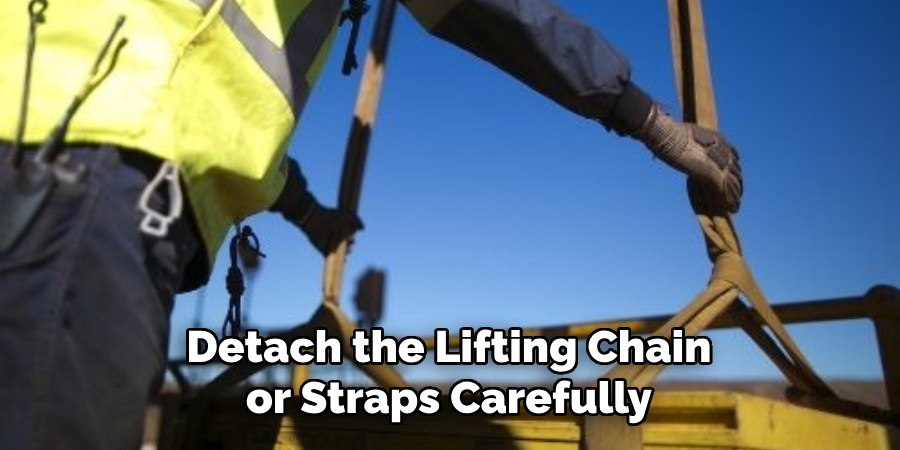
Step 9. Inspect the Hoist After Use
Once the engine has been secured and the hoist is no longer under load, inspect the hoist for any signs of damage or wear that may have occurred during use. Clean the hoist and store it safely to ensure it remains in good working condition for subsequent use. Regular hoist maintenance will help extend its lifespan and ensure safety during each operation.
Step 10. Final Clean-Up
Clean up your work area by removing any tools, loose parts, or debris that may have accumulated during the process. Ensure that the engine and any components are stored securely. Double-check that the hoist is safely stowed away and the environment is organized. Taking the time to clean up will leave your workspace ready for your next project and reduce the risk of accidents. Remember to always follow proper safety precautions when using an engine hoist and consult the manufacturer’s instructions for specific guidelines.
By following these steps and practicing proper safety measures, you can easily use an engine hoist to remove and transport an engine.
5 Things You Should Avoid
- Overloading the Hoist: Stay within the weight capacity specified by the manufacturer. Overloading the hoist can lead to equipment failure, damage to the engine, and a safety risk.
- Neglecting Safety Precautions: Always prioritize safety when operating an engine hoist. Avoid wearing loose clothing or jewelry that could get caught in the hoist. Additionally, ensure that the area is free from obstacles and that the hoist is correctly secured before lifting.
- Improperly Attaching the Engine: Use appropriate lifting brackets or chains to secure the engine to the hoist. Avoid using makeshift or inadequate attachments, as they can fail during lifting, causing damage and accidents.
- Lifting at Extreme Angles: Avoid lifting the engine at extreme angles, which can cause instability and imbalance. Lift the engine straight up and keep it level to ensure a smooth and controlled operation.
- Failing to Inspect the Hoist: Before each use, thoroughly inspect the hoist for any signs of damage or wear. Check for abnormalities in the hydraulic system, chains, hooks, and other components. If any issues are identified, refrain from using the hoist until repairs or replacements are made.
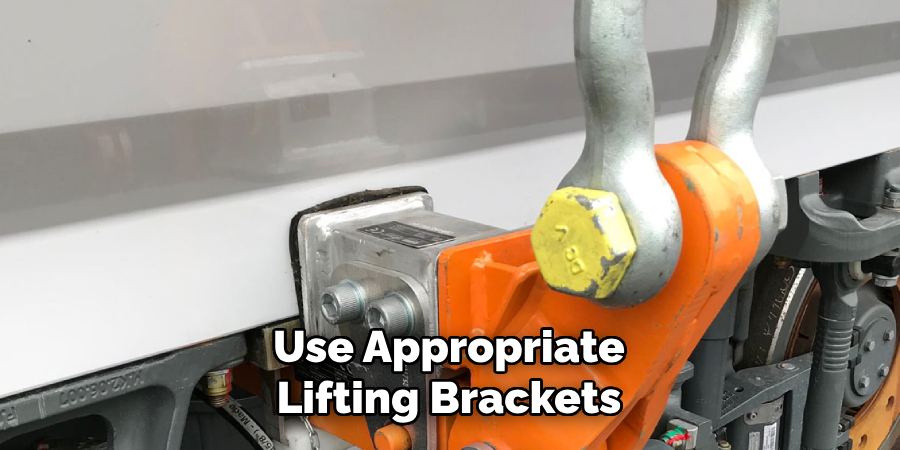
By avoiding these common pitfalls, you can enhance the safety and effectiveness of using an engine hoist, ensuring a successful and trouble-free engine removal process.
Conclusion
How to use an engine hoist can significantly facilitate the process of removing an engine, but it’s crucial to prioritize safety and proper technique.
By following the guidelines outlined in this article, you can ensure a smooth and accident-free engine removal process. Remember to always assess the engine’s weight and stability, secure it properly with appropriate attachments, and lift it in a controlled manner without extreme angles. Additionally, regular inspections of the hoist for any signs of damage or wear are essential to maintaining its reliability.
By adhering to these best practices, you can confidently and effectively utilize an engine hoist and achieve your engine removal goals with ease and precision.
Edmund Sumlin is a skilled author for Metal Fixes, bringing 6 years of expertise in crafting a wide range of metal fixtures. With a strong background in metalwork, Edmund’s knowledge spans various types of fixtures, from decorative pieces to functional hardware, blending precision with creativity. His passion for metalworking and design has made him a trusted resource in the industry.
Professional Focus:
- Expert in Metal Fixtures : Edmund aesthetic specializes in creating durable and innovative metal fixtures, offering both appeal and functionality. His work reflects a deep understanding of metalworking techniques and materials.
- Sustainability Advocate : He is dedicated to using sustainable practices, ensuring that every fixture is crafted with eco-friendly methods while maintaining high-quality standards.
In his writing for Metal Fixes, Edmund provides valuable insights into the latest trends, techniques, and practical advice for those passionate about metal fixtures, whether they are professionals or DIY enthusiasts. His focus on combining artistry with engineering helps others discover the true potential of metal in design.


